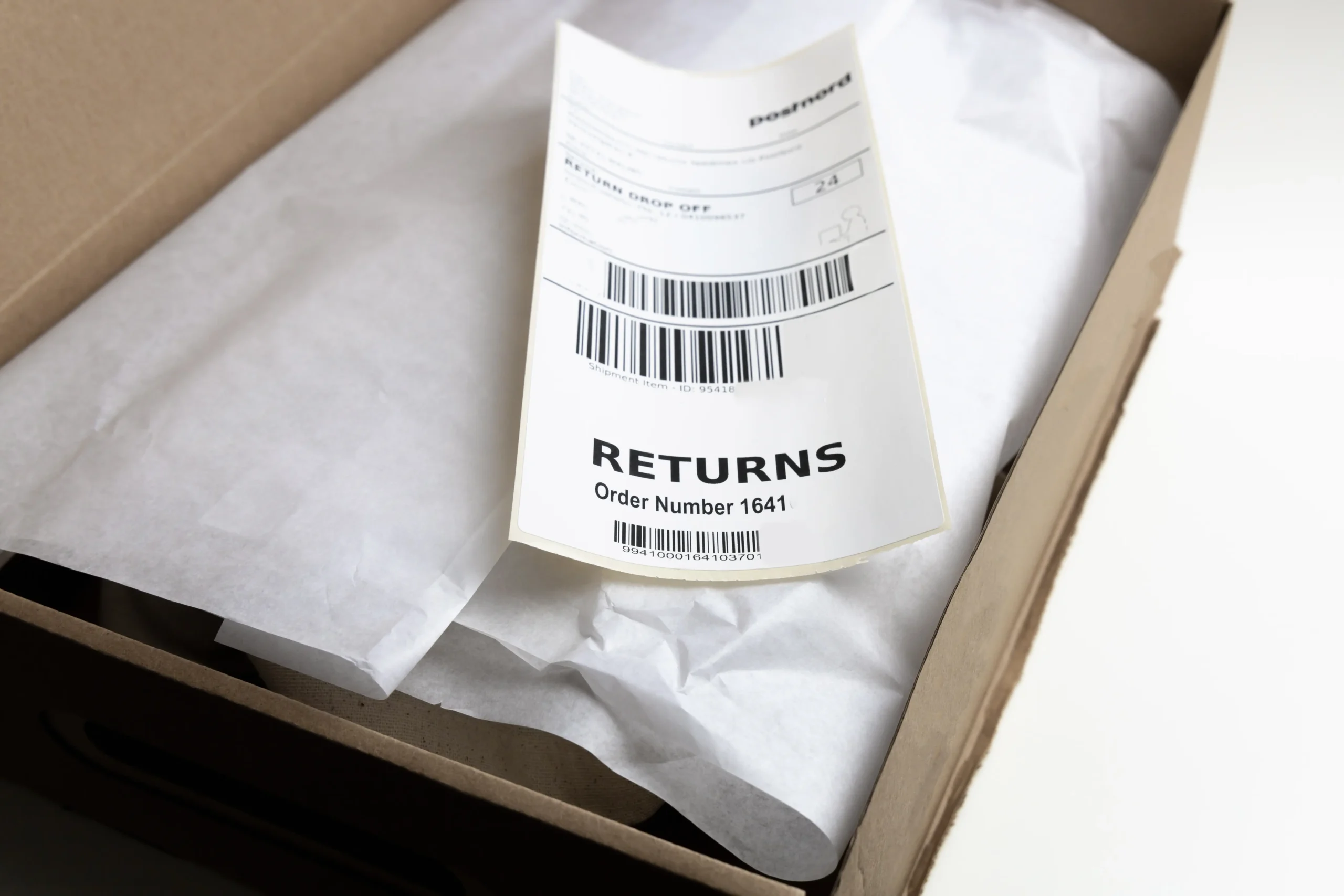So you’ve started an eCommerce business, huh? One that’s growing like a weed even? Congrats!
But maybe by now you’ve realized that all this growth comes with some new costs — like shipping expenses you weren’t anticipating to be quite so high.
In order to keep these expenses from cutting into your profits or hampering your continued upward momentum, you need to learn to control those costs.
Why shipping costs grow faster than your sales
Thanks to eCommerce’s explosive growth — up almost 15% since last year — there’s more opportunity than ever to start your own online retail business. Consumer expectations for shipping have grown right along with eCommerce itself, however, and now we all have sky-high demands for how quickly we can get our orders.
Many eCommerce businesses start out shipping regionally, where costs aren’t as high and customers can still get their orders quickly without rush shipping costs. But once you expand and go national, everything changes.
Fast-growing companies often miss this crucial detail: Shipping costs won’t grow at the same pace as the number of orders you ship. They’ll far outpace it because of the double-whammy of the express shipping costs demanded by today’s consumers and the increased shipping distances that come with more sales.
Here’s an example: If you’re shipping regionally with a two-day shipping policy, an undiscounted 5-pound package shipped within Zone 2 with UPS (which generally includes the surrounding states), will cost you $10.19.
The same package shipped across the country to Zone 8 would cost $15.25 if shipped via ground service and take five days to get there. But because you offer two-day shipping, that same package would cost $62.16 via two-day air! That will blow your profit margin pretty quickly, won’t it?
Other factors that affect your shipping costs
Bear in mind that as your business grows, you’ll also be able to optimize better tiered rates with your carrier, which can help with your expenses. (My colleague Nick has all the tips you need for optimizing your contract — including why you shouldn’t focus solely on making it to the next pricing tier.)
But — and this is a huge “but” — beware of surcharges. A lot of issues need your attention in a growing business, and it’s easy for the cost of sneaky surcharges to get lost in the shuffle. Be especially aware of:
- Residential Delivery: It takes carriers more time to go from house to house than it takes to deliver in commercial areas, so they charge a fee when your package is going to a residential address. If you do more B2C sales than B2B, budget for this surcharge in your Cost of Goods Sold.
- Delivery Area and Extended Area: Similar to the residential delivery surcharge, this fee applies to packages headed to nearly 25,000 ZIP codes in remote areas that are harder and more expensive for carriers to reach. (Note that carriers will charge you both a delivery area surcharge AND a residential delivery surcharge if they both apply — one doesn’t exclude the other.)
- Additional Handling: This surcharge is applied in many situations, and it’s important to understand each one. If you ship packages that are heavier than 50 pounds, that exceed carriers’ dimensional limits or that use non-standard packaging, you’ll encounter this surcharge.And it’s not cheap: Both UPS and FedEx charge $15 for packages requiring extra handling based on dimensions and $24 when based on weight. UPS charges $14.25 for additional handling based on packaging, while FedEx charges $13.
What you can do to control shipping costs as you grow
The key to staying ahead of your shipping costs is to pay careful attention to your shipping profile, which is all the data about what you ship, where you ship it to and from, package weights and dimensions, and service types.
When you know your shipping profile and how it drives carrier charges, you can prepare for growth by:
- Informing your budgeting process by simulating a range of growth scenarios.
- Monitoring KPIs like average zone, cost per package and service type utilization. Changes in these metrics will provide an early warning that shipping costs are headed up.
- Analyzing your carrier contract and ensuring it’s a good fit for your shipping profile as it changes. If not, re-optimize.
- Analyzing the fit of your distribution center (DC) location to the locations of your customers. As the territory in which you operate expands, the optimal location for a DC changes. Although adding or moving a DC is a big project, it can dramatically improve the efficiency of your operation.
Unless you’re a logistics whiz and a real number cruncher, all this detailed analysis can be tough to do on your own. Investigate solutions that can model these complex scenarios for you, monitor your KPIs and give you insights into how your shipping profile and contract match up.
Shipping data powers your growth
Building a business is an amazing experience, but it can also be a real roller coaster. Don’t let shipping costs be the thing that holds you back. The more information you have about your shipping today, the better you’ll be able to plan for tomorrow’s growth — and control the costs along the way.
Afraid you might be shipping inefficiently? Check out our white paper, Five Shipping Mistakes Your Company Is Likely Making, for tips on how to avoid costly shipping errors.















